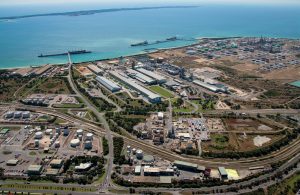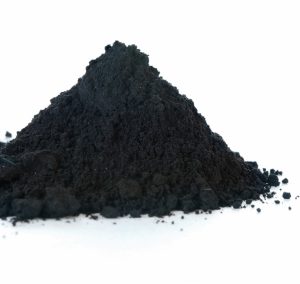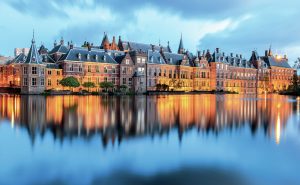
The future of Europe’s fertilizer industry: a year of shocks
Russia’s invasion of Ukraine has hit European fertilizer producers hard. Ammonia plants across the continent have been inactive over the winter due to prohibitively high feedstock costs. The future of nitrogen fertilizer production in the region will depend on access to an affordable, secure and sustainable energy supply and the switchover to low-carbon technologies.






